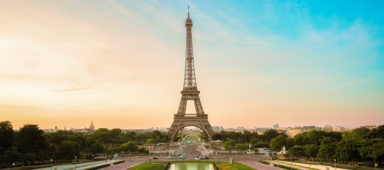Trek Nepal’s less-trodden Manaslu and Tsum Valley to see the relatively untouched beauty of the Himalayan region
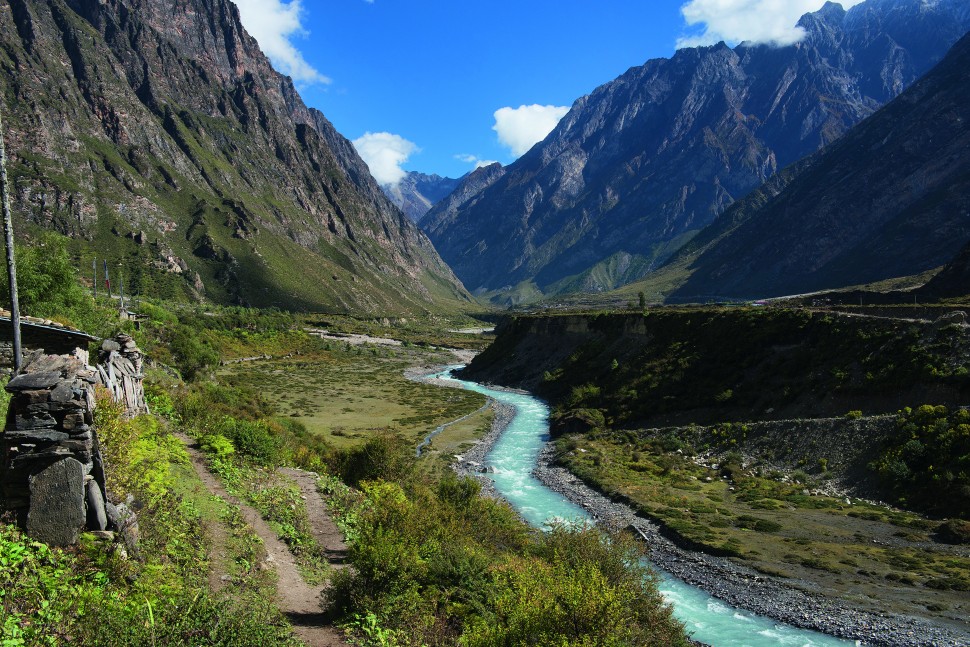
It seems like every mountain-loving and Nepal-bound traveller has a trek to Mount Everest Basecamp on their bucket list these days, and the logjams often found along the trails into the Khumbu show just how crowded it has gotten. Same goes for the classic Annapurna Circuit, where incessant road-building has threatened to turn the trek of a lifetime into a bumpy jeep ride full of dust. However, all is not lost for adventure-seeking hikers.
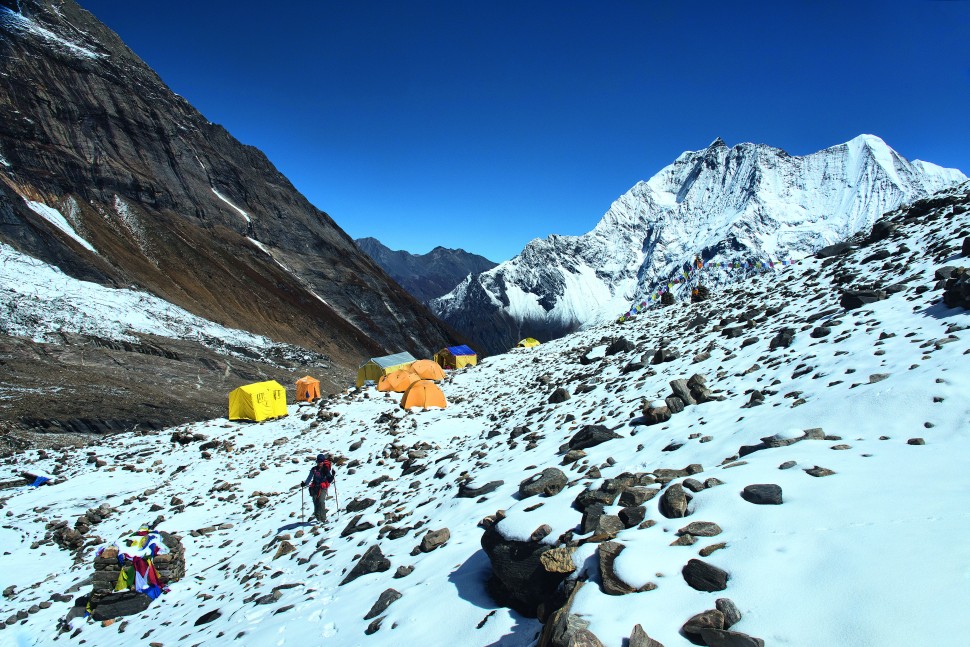
The Manaslu Circuit and add-on Tsum Valley side-trip trek have become Nepal’s new Shangri-La, a place to experience Himalayan trekking at its most classic, and an opportunity to explore one of the most remote places left on the planet.
I’m headed up the Larkya La Pass, at 5,100 metres, the highest place I’ve been in my life outside of a pressurised airplane cabin, and the apex of an 18-day journey around Manaslu, the world’s eighth highest mountain at 8,163 metres. Despite wearing several layers of down clothing, I’m shivering in the early morning minus temperatures, and gasping for breath as I labour to take one step after another in the rarefied thin air. While the going is hard, the surroundings take away much of the pain: towering rock walls, icy fluted peaks, the bluest sky I’ve ever seen, and magnificent total silence. The few trekkers up ahead of me look like ants in a line, reduced to insignificant dots on the world’s largest living topographical map.
While trekking in the Himalayas for two to three weeks is certainly no walk in the park, it has been made a lot easier than it used to be. The Manaslu region opened to foreign trekkers in 1991, but the absence of “teahouse” trekking lodges around the circuit meant that one needed a full-blown expedition carrying tents and food for several weeks in order to be able to survive. These days, warm clothing and a sense of adventure are the only requirements needed to get close to Himalayan grandeur.
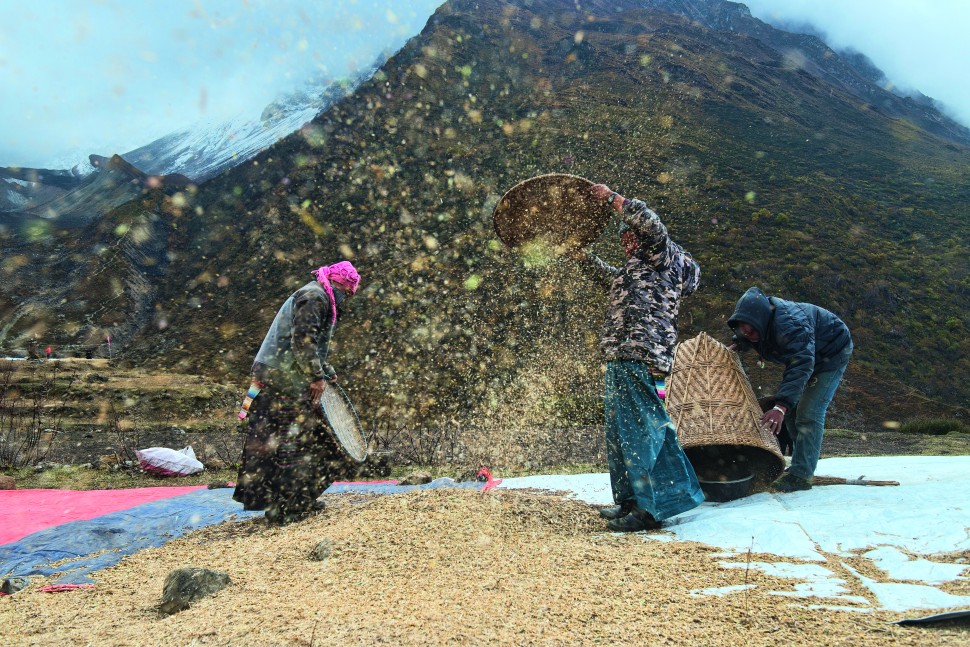
The trail starts in the subtropical lowlands, traversing up and down the majestic Budhi Gandaki River through lush rice terraces, passing through hospitable ethnic Gurung villages. Further along, the rice gets replaced by millet, and the villages become Tibetan, with stone chortens (Buddhist shrines) and mani walls engraved with Sanskrit mantras lining the entrance to each settlement. As opposed to the Everest region, the route here follows trade routes that have been in use for ages, leading up to high passes on the Tibet/China border.
Three days in on the Manaslu Circuit, trekkers have the opportunity to make a side trip up into the wild Tsum Valley, which adds almost an extra week to the walk. The Tsum has only been open to outsiders since 2008, and offers adventurers the chance to see a traditional part of Nepal that has all but disappeared elsewhere.
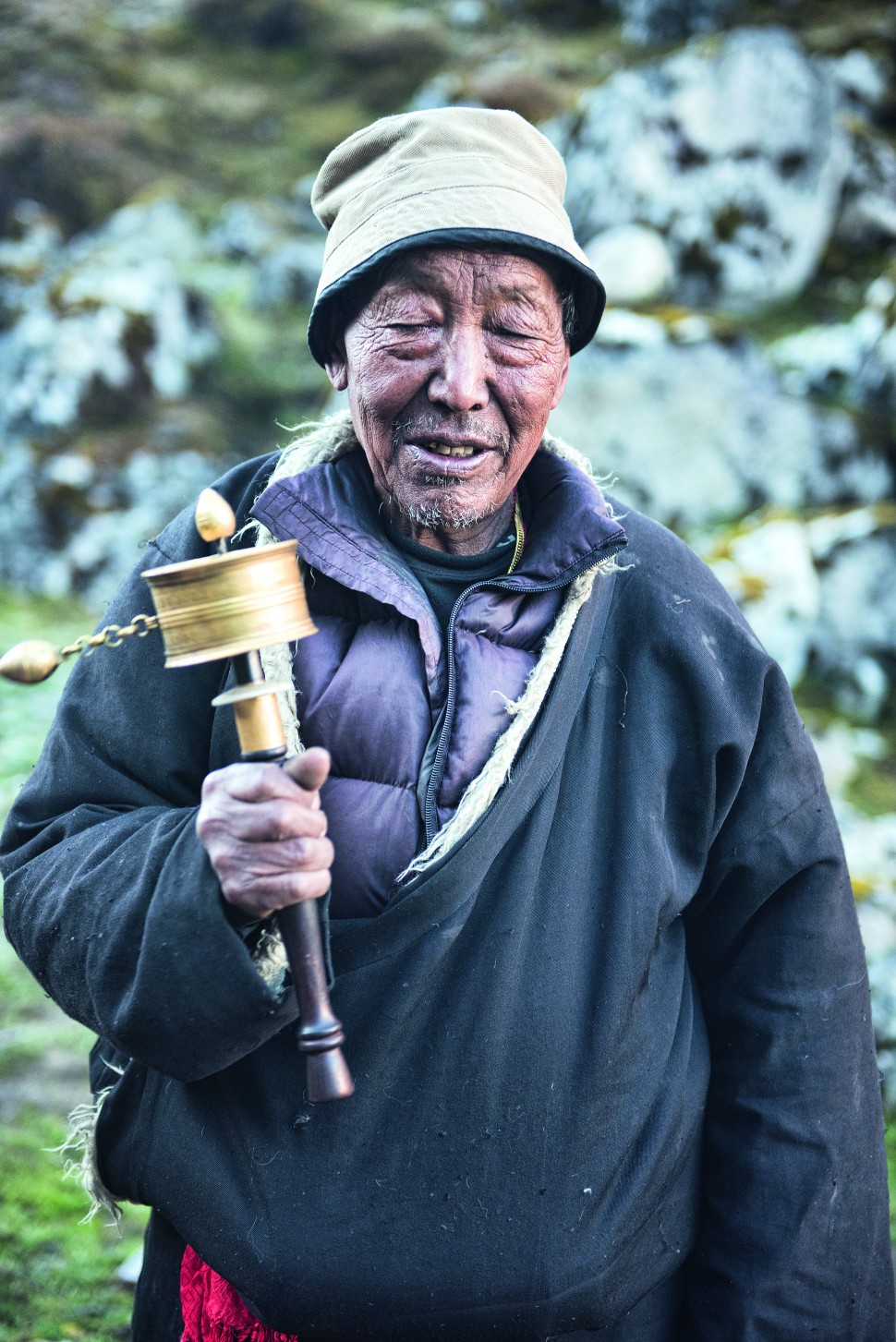
Following the raging Siyar River, the trail into the Tsum is precipitous and exposed, often closed by landslides and extremely vulnerable to weather (residents here were sealed off for several weeks after the 2015 earthquake), yet the arduous journey is rewarded by a hidden world, hemmed in by the steep river valley below and high Tibetan passes on the other end.
On its higher reaches, the Tsum flattens out, with beautiful fertile fields of amaranth, millet, and barley set in front of old stone homes making for wildly photogenic landscapes. The Tsumba Tibetans who inhabit the valley are pastoralists, and their religion forbids hunting, making the Tsum one of the best places in Nepal to spot wildlife. Bharal sheep and Himalayan Tahr deer are commonly spotted on slopes, and even elusive snow leopards can be seen at times.
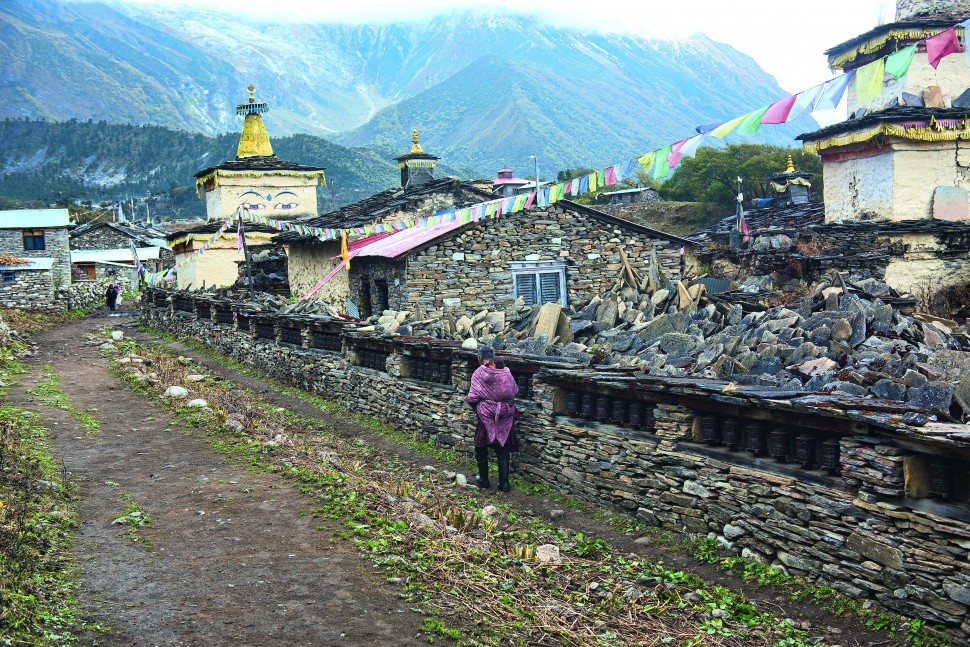
There are caves carved into the mountain slopes in the Tsum, and legend has it that Milarepa, one of the great Tibetan saints, spent years meditating in a cave here. Legend also has it that the Tsum is a beyul, or hidden spiritual valley, accessible only to those hardy enough to make the arduous journey in. In fact, ancient texts stated that it was known as Kyimolung, which translates to “hidden valley of happiness.”
At the top of the Tsum lies Mu Gompa, a monastery with a slate roof nestled into the side of a ridge up at 4,000 metres. As there are no lodges here, visitors are allowed to stay at the monastery, and it is fascinating to watch the few remaining monks that live here go about their daily puja ceremonies, meditations, chanting, and other routines. Dinner here isn’t much more than a watery plate of lentil curry with rice, but the atmosphere is magical and the views are stupendous, looking all the way back down the valley, and snaking Siyar River, with Himalchuli, a 7,900-metre peak towering above everything.
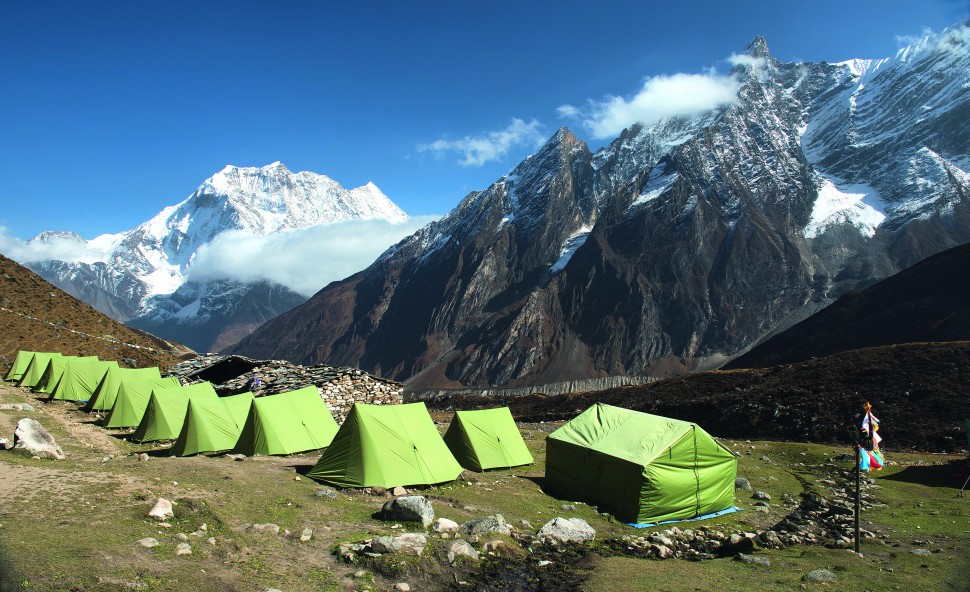
The scenery gets even better upon returning to the main Manaslu circuit, with the trail rising in elevation, weaving through pine and rhododendron forests up into the alpine. In Samagaon, the largest village along the route, most hikers take a day off to acclimatise for the high pass and make a day trip up to Manaslu Basecamp, which at 4,600 metres is possibly the best day hike in the world, and as close as most non-alpinists are going to get to coming face-to-face with an 8,000-metre peak. Manaslu’s entire east face is directly in front of you here, and its glacier rumbles down right below, with towering ice seracs and crevasses looking treacherously close by.
Several hours above Samagaon is Samdo, the last inhabited settlement on this side of the range. Tibetans here can grow only barley and potatoes, and when we pass through, the fall harvest is in full swing, with farmers sifting the reap and loaded yak trains heading down valley with full loads. It’s too far to reach the other side of the pass from here, but three hours further, a tent camp and very basic stone lodge have been set up at Dharmsala, with tents outfitted with mattresses and a communal dining room arranged for fuelling the masses. Sleep is hard to come by here, as the 4,500-metre elevation makes for frozen nights, and most trekkers leave for the pass at four to five a.m., hoping to avoid the freezing winds that tend to build up later in the day.
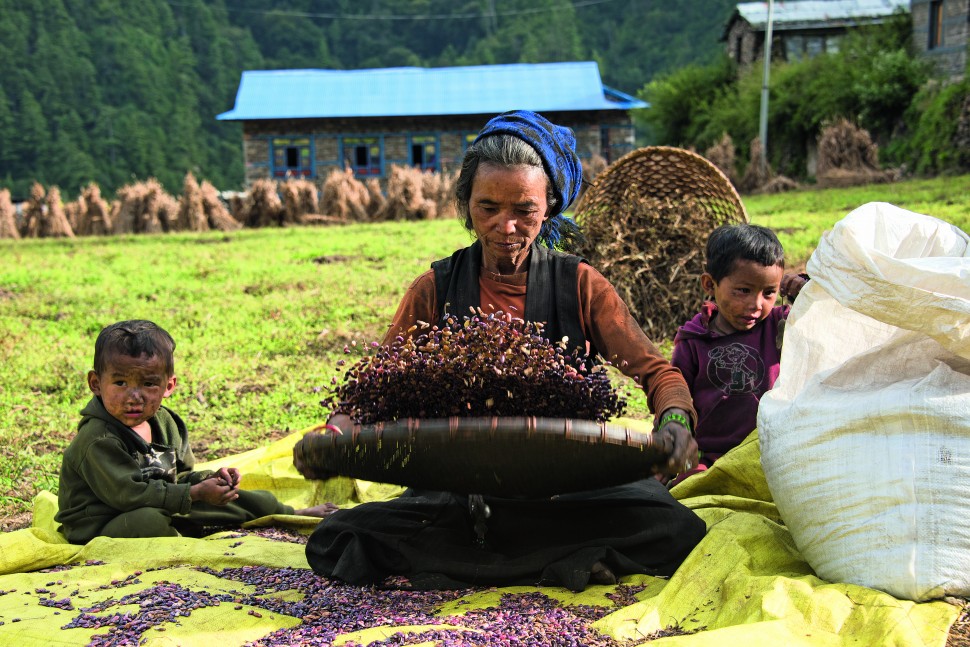
As I make my way to the Larkya La, I am passed by several lowland porters who are carrying entire mattresses over the pass. Strapped together over their backs like giant refrigerators, they have to be carrying upwards of 50 kilogrammes, and despite the rocky, cold terrain, they are only wearing tennis shoes. The mountains here are humbling, but the human spirit matched against the environment is even more so. At last the pass comes into view, with bands of gaily coloured prayer flags by the thousands tied across the rock cairns that mark the top. It will be another four hours of descent before I reach Bimthang, the next village, where a hot shower and a cold beer awaits, but for now, this is as close to paradise as I’m ever going to get in this life.
Tips For Hiking The Manaslu/Tsum Circuit
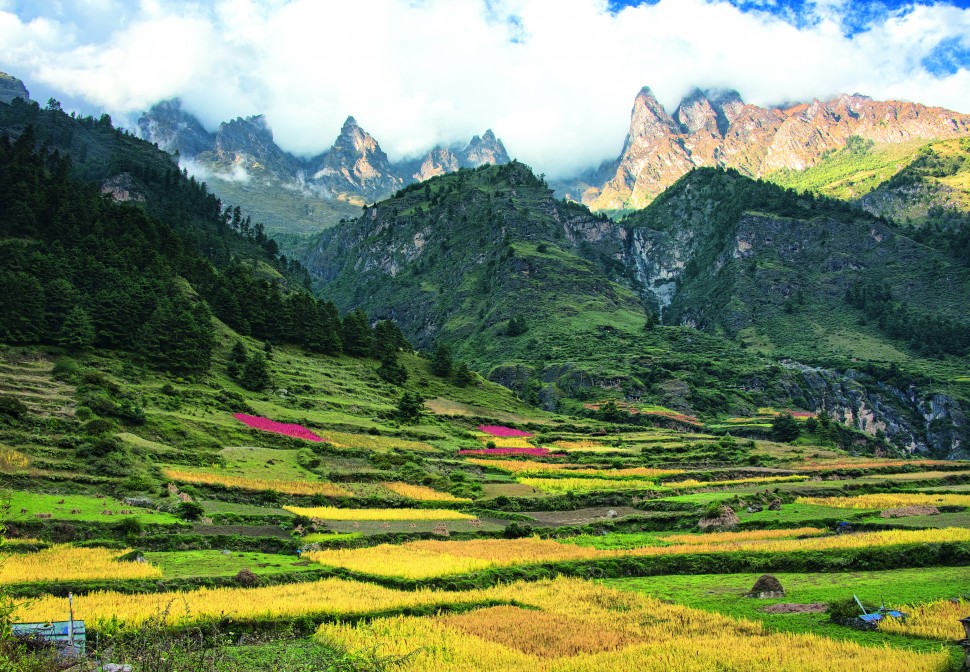
Time your visit. The optimal months for doing the trek are March/April and October/November. Spring sees the forests filled with rhododendrons, whereas the fall brings the clearest weather and best mountain views. Trekking from mid-May to September isn’t recommended as it’s the monsoon season (muddy trails, leeches, and no views) and January/February are terribly cold, not to mention most of the lodges are closed.
Hire a porter. Either a guide or guide-porter is required as part of the permit system around Manaslu. Guides aren’t really necessary, as the trails are pretty obvious and fairly well signposted but carrying weight at altitude could be an issue for the less fit. It is recommended that you employ a local for the task, and be able to walk with just your camera, water bottle, and a jacket during the day.
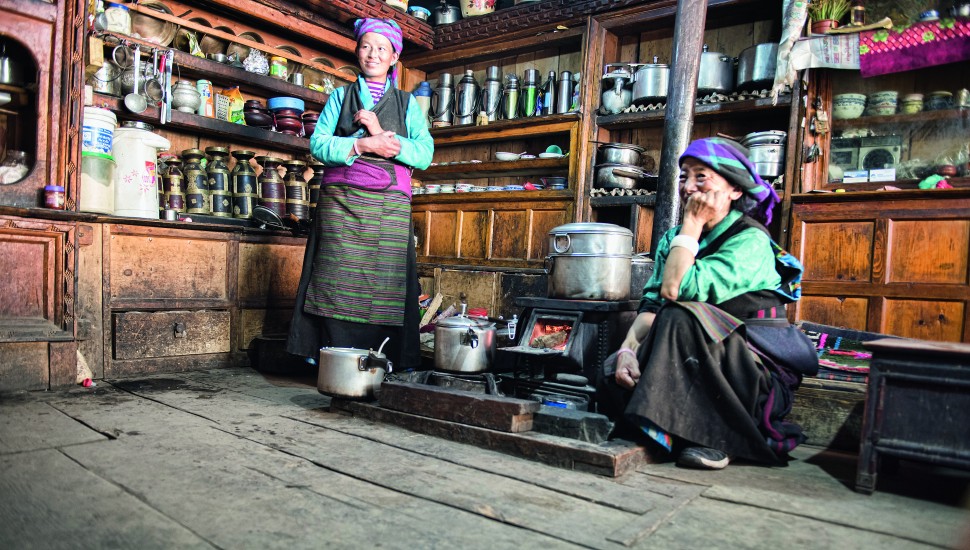
Eat dhal bhat. Lentil curry/soup with rice is Nepal’s main dish, eaten twice a day by almost everyone in the country. It is usually served with some green vegetables and fermented sour pickles called achar. While lodge menus offer rice, pasta, andpotato dishes as well, dhal comes with inclusive refills, making it the best bang for your rupee. Trekking 15 and more kilometres each day, you’re going to need all the calories you can get.
Don’t rush. Not only is this the trip of a lifetime with incredible scenery, slowing down may save your life. The recommended rules regarding avoiding altitude sickness are not to be taken lightly. Once over 3,000 metres, you shouldn’t be sleeping higher than 300 metres above where you slept the night before, and for every further 1,000 metres gained, take a rest day. The more nights you sleep at one altitude, the better your body adjusts for going higher the next day.
Plan your journey. Do some research as to the potential side trips, bus-versus-jeeptransport options to the trailhead, and trekking company recommendations for arranging permits/porters and others. The Manaslu Circuit Trek website has plenty of information for pre-trip planning. Visit manaslucircuittrek.com.



